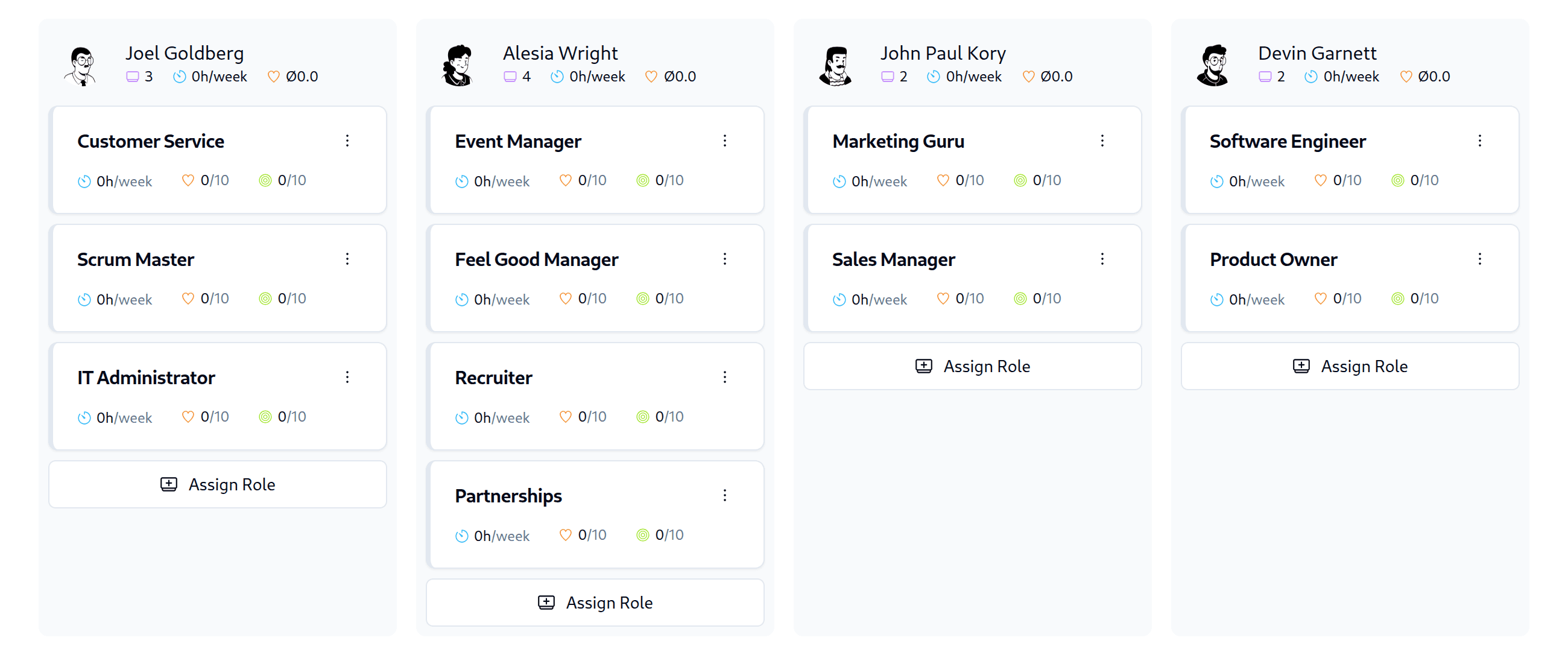- Published on
Keyroles: staying aligned while moving fast

"Only 46% of employees clearly know what is expected of them at work" (Gallup). Responsibilities hide in spreadsheets and ad‑hoc documents, titles often do not match reality, decisions stall in long meetings, and new hires ask the same “who owns this?” questions week after week. As a founder – and really as any leader in an organisation – the shift from doing to managing to delegating creates friction, bottlenecks form, autonomy is unclear, and coordination costs climb until progress feels like a game of whack‑a‑mole.
Modern and especially innovative teams face this change constantly. When your organisation grows in size, pivots to a different business model or scales your product, the key challenge is the same: staying aligned while moving fast.
Keyroles helps you reflect reality quickly so work stays coordinated and authority is unblocked where it is needed most. By fostering clarity and purpose, it reduces overlaps, speeds up decisions, and increases accountability without adding heavy process or bureaucracy. This approach also supports efficient onboarding, because new joiners can see accountabilities and decision rights in one place from day one. Keyroles is a role‑based teams and collaboration tool that blends agile practice with self‑management to fit how modern organisations actually work. It supports various governance frameworks, such as Holacracy or Sociocracy, but stays pragmatic and agnostic, so you can start simple and evolve at your own pace and preference.
You can start small – for example, only with the founders – by mapping your current roles and publishing them where everyone can see them. With a light governance cycle to process tensions and update roles in short, regular steps, you already add a huge gain to your organisation from the start. Introducing Keyroles in a larger team, you can roll it out circle by circle or department by department, starting with a pilot group that maps roles, clarifies decision domains, and tests new meeting routines. This makes it suitable for start‑ups, scale‑ups, agencies, non‑profits, and even public organisations, because each group can adopt the tool at its own speed while still working inside one shared, living structure.
With role clarity in one place, you reduce handover risk, speed up decisions, and cut time lost to “who owns this?” conversations. Teams collaborate better, leaders see the real structure, and hiring becomes smoother because responsibilities are always current. By combining clear roles with adaptable governance, Keyroles helps organisations move fast without losing alignment.